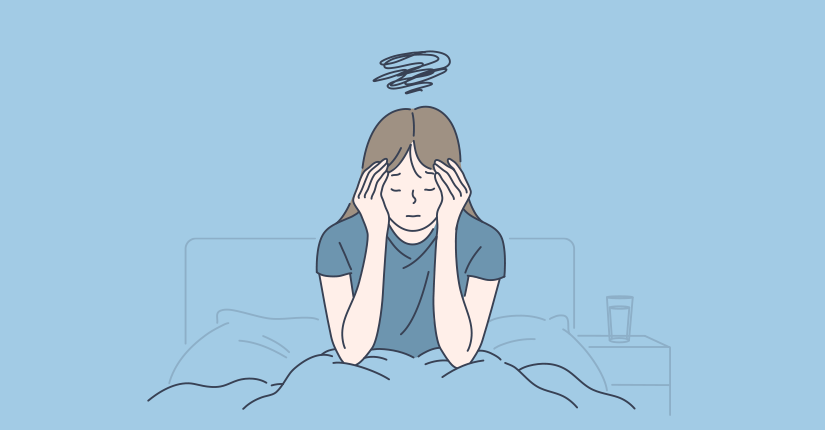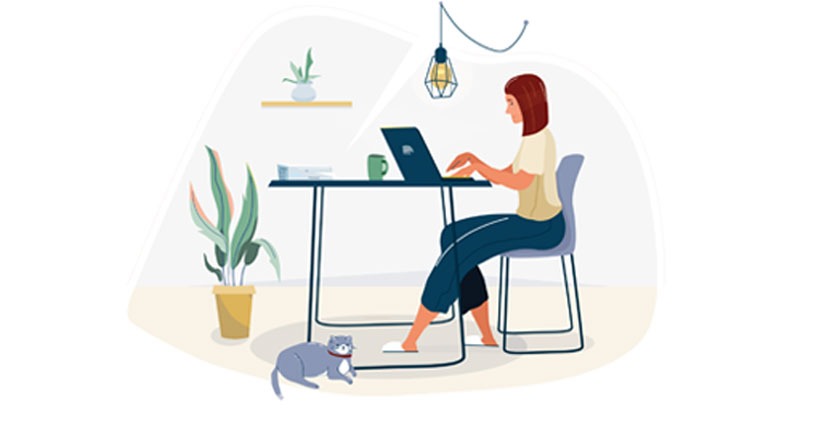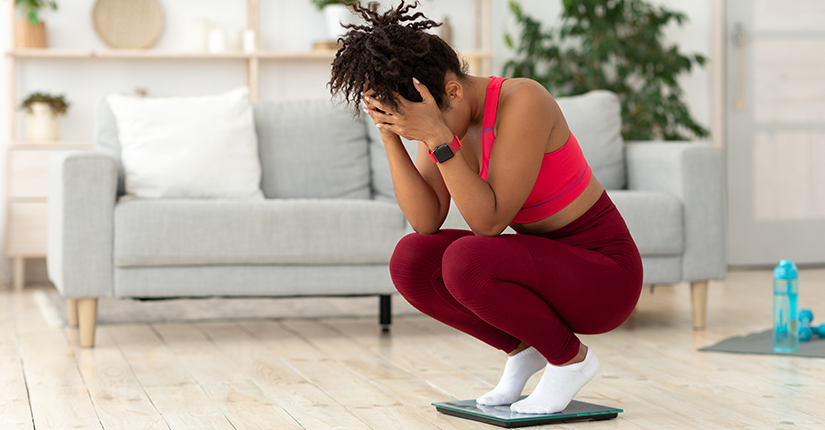How to Limit Your Screen Time
By Nmami Agarwal 06-Sep 2020 Reading Time: 6 Mins

Although the coronavirus has kept us physically apart, we are connected virtually. However, it can be hard not to have your entire day consumed by technology like binge-watching or spending hours playing video games. We can’t run away or shut down completely because our work lives and even kids’ school or colleges have been running online. As you are navigating your days around social distancing, you may not realize how much time you spend using your phone or watching television.
You can’t go outside without seeing at least one person looking down at it as they walk, texting while they wait for the subway, or FaceTiming in line for their coffee order. It’s easy to watch all of this happen around you — but it’s much harder to keep track of how long you actually spend on your phone, or realize when you need to reduce your overall screen time.
While technology and screens help us stay connected, excessive screen time can be detrimental to your health. Studies have discovered how low levels of happiness are associated with increased smartphone usage and feelings of loneliness are associated with social media use. Moreover, excess device usage negatively impacts sleep and makes one more susceptible to obesity. There are already heightened levels of stress and anxiety due to the coronavirus pandemic and additional screen time can only worsen these levels.
In recent years, the body of research around how screen time affects mental and physical health has started to grow.
Here are some ways to manage screen time better:
- Switch Your Phone To Grayscale
- Designate Screen-Free Areas With Your Partner Or Roommate
- Set Parameters With Your Co-workers About “Online Time”
Switching your phone from a color screen to grayscale is a great way to discourage yourself from staring at it. People are reporting decreased feelings of addiction to their phones once they switch the screen visuals so that it’s in shades of gray, rather than color. Specifically, the site is referencing a “Go Gray” Movement that aims to help people curb their iPhone usage by switching to grayscale.
If you want to try switching the visuals on your screen to grayscale as a means to decrease screen time, you go to “Settings,” then “Accessibility,” then “Display & Text Size.” From there, you can scroll down to the “Color Filters” option and select the toggle for grayscale.
If you live with someone else, you can try to take on your screen time together. Establish certain areas in your home, or time periods in the day, where you both agree to stay off of your phone. During that time, you can enjoy some face-to-face interaction instead. Consider doing some hobbies together, like cooking dinner, talking about your day or playing a board game.
And if you’re not sure whether or not you have a healthy relationship with your phone, it might be time to start looking out for signs that you’re using your phone too much.
Since it is work from home, it’s more work all the time. There’s nothing more stressful than feeling like you need to be accessible at all hours of the day, just in case you get a random work email. Even worse, if you constantly receive email notifications from a group thread that aren’t even important for you to know. So maybe it’s time to tell your co-workers that you’re officially off the clock come a certain hour of the day, every day or allot an official time of sending and receiving mails/messages.
Over to you
Though not all screen time is spent on social media, gaming, or interactive apps, it’s these styles of app that tend to be the most dangerous, according to Harvard Health. Your phone contains the capacity to help you in so many facets of your life, but it can also be detrimental to your health. And yet, even with all of this new information about how smart phone usage can hurt you, it can still feel really hard to limit or even keep track of how much time you spend looking at a screen but it’s necessary to manage screen time.





















